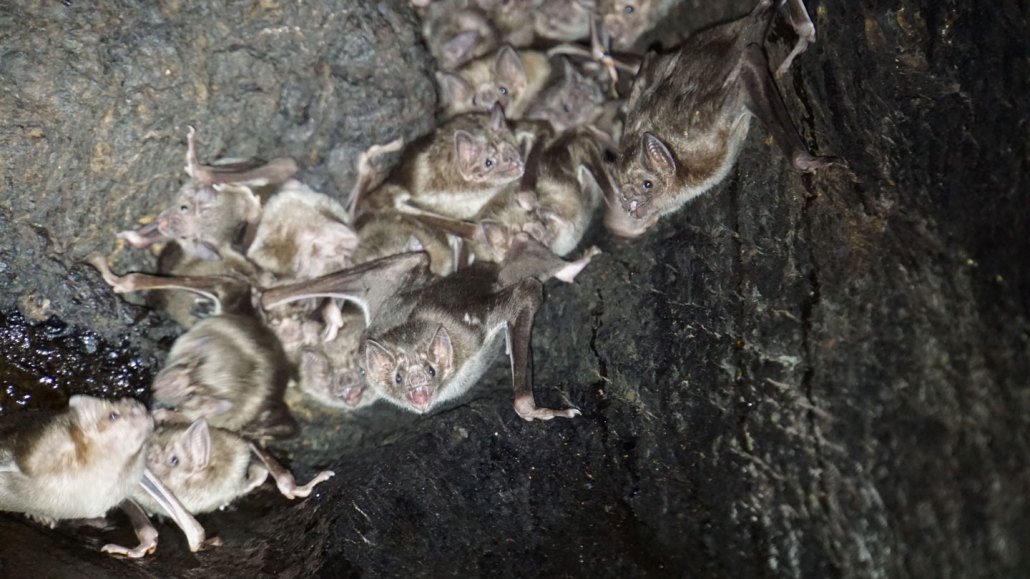average: (in science) A term for the arithmetic mean, which is the sum of a group of numbers that is then divided by the size of the group.
bat: A type of winged mammal comprising more than 1,100 separate species — or one in every four known species of mammal.
biology: The study of living things. The scientists who study them are known as biologists.
colleague: Someone who works with another; a co-worker or team member.
evolutionary biologist: Someone who studies the adaptive processes that have led to the diversity of life on Earth. These scientists can study many different subjects, including the microbiology and genetics of living organisms, how species change to adapt, and the fossil record (to assess how various ancient species are related to each other and to modern-day relatives).
forage: To search for something, especially food. It’s also a term for the food eaten by grazing animals, such as cattle and horses.
network: A group of interconnected people or things. (v.) The act of connecting with other people who work in a given area or do similar thing (such as artists, business leaders or medical-support groups), often by going to gatherings where such people would be expected, and then chatting them up. (n. networking)
roost: A place where winged animals temporarily rest or sleep. The term also refers to the act of resting on a branch or above-ground perch.
sensor: A device that picks up information on physical or chemical conditions — such as temperature, barometric pressure, salinity, humidity, pH, light intensity or radiation — and stores or broadcasts that information. Scientists and engineers often rely on sensors to inform them of conditions that may change over time or that exist far from where a researcher can measure them directly. (in biology) The structure that an organism uses to sense attributes of its environment, such as heat, winds, chemicals, moisture, trauma or an attack by predators.
social network: Communities of people (or animals) that are interrelated owing to the way they relate to each other. In humans, this can involve sharing details of their life and interests on Twitter or Facebook, or perhaps belonging to the same sports team, religious group or school.








